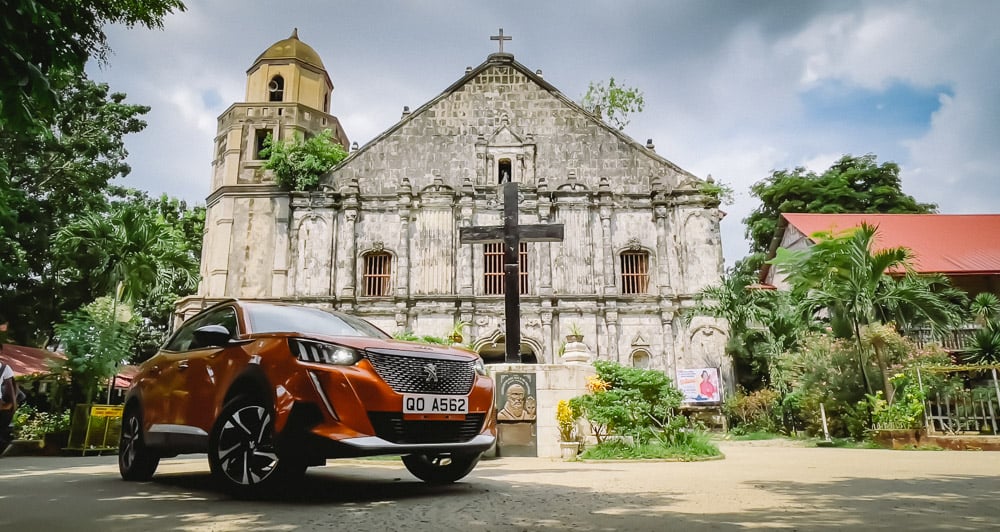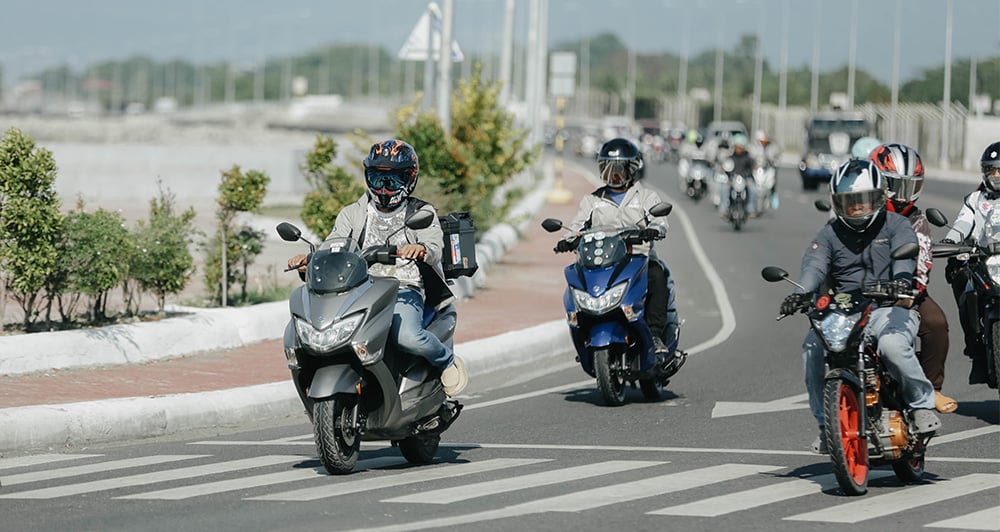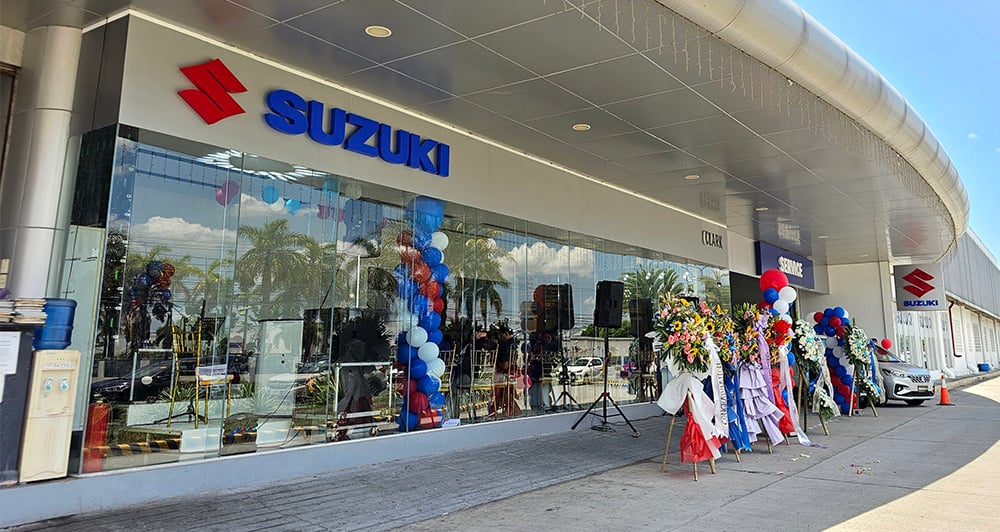
President Rodrigo Duterte recently signed into law the Telecommuting Act, which many have hailed as a game-changer for the seemingly intractable traffic problem of Metro Manila and other urban areas around the country. On paper, this sounds like a great idea. In 2019, many people already enjoy the flexibility of work-from-home arrangements, and having more people telecommute sounds like it can make a dent in our mobility problems. But can the recently signed bill make a big impact on traffic?
Telecommuting is often a big winner for transport and traffic management. The reason for this is that transport is counted as a cost in terms of time, money and effort. On a typical workday, most people want to spend less time on the road, not more. So, if people can do their jobs without having to travel at all, that’s cutting costs for the worker and, by extension, the company—whatever they save in time is functionally a wage increase you didn’t have to pay for.
It’s even more beneficial when you think of the public benefits of telecommuting. If a car-driving person telecommutes, that’s one less car trip on the way to work and back. If it’s a cab-riding or TNVS-hailing person who telecommutes, that’s two less car trips for each leg of that person’s itinerary, since the hired car would have to travel to pick that person up.

Given all that good stuff, will the Telecommuting Act really promote telecommuting where it doesn’t happen already? On paper, the Telecommuting Act defines what telecommuting is, and reiterates that telecommuting employees are entitled to all the protections and benefits due regular employees under the law. Such benefits include overtime pay, night-shift wage adjustments, rest on nonworking holidays, and access to training and career advancement opportunities. The Act also directs the Department of Labor and Employment to set up a “Telecommuting Pilot Program” to promote telecommuting in select industries for a period of three years, and report on the results.
If people can do their jobs without having to travel at all, that’s cutting costs for the worker and, by extension, the company
The intention of the Telecommuting Act is good—that much is clear from what we know about telecommuting. But one wonders if the specifics of the Act will really get more people working from home. After all, some companies had already implemented telecommuting policies before the passage of this Act, no law required. Some law firms in Makati, I’m told, arrange telecommuting days for their employees in order to ration limited parking spaces.
The story I heard about said law offices got me thinking: Shouldn’t a telecommuting law be directed by and have input from the Department of Transportation? It’s clear that telecommuting can cut congested commutes and make Metro Manila a great place to live and work in. If we want telecommuting to really work, we should embrace it as a tool to make our cities better.

Here then are some transport-related policies that the government might want to explore to enhance telecommuting as well as provide other sustainable solutions for our hellish traffic:
1. Road pricing. All around the world, cities that charge vehicles for their use of the road have gone through long debates about whether the concept will work in their area or not, only to find that their cities are made all the better for it. You can call it road pricing, tolling, congestion charging or (my favorite) “decongestion charging” (coined by transport expert Jarrett Walker, because you pay and get decongested roads). If we charge people for use of the road, some companies will adjust in turn to reduce their employees’ driving requirements, no law required.
2. Voluntary no-driving days. Number-coding in Metro Manila has gotten a bad rap for many well-deserved reasons. Evidence around the world, for one, shows that it has increased rather than decreased car ownership and driving. But there are ways to do no-driving days right. In Korea, they let car owners voluntarily pick their no-driving days by marking their cars with a special sticker, which nets them discounts on tolls and parking fees. People who really need the car all days of the week can elect to not take the sticker and forgo the discounts—a better choice than forcing people to buy a second car. With this system, telecommuters could line up their no-driving sticker with their telecommuting days.
3. Reduce or abolish mandatory parking minimums. I’ve discussed this at length already. Just as in the story I heard, companies find ways around limitations like scarce parking, one of which is making telecommuting mandatory. This is one way that parking policy can be powerful for decongesting our cities.
There are many reasons, after all, that telecommuting hasn’t taken off in many offices. Managers may be worried about monitoring the output of their workers from a distance, and prefer to be in physical proximity to their teams. Others are worried that poor Internet connection may make it hard for workers to submit output. But many other places are probably close to making telecommuting a thing, and they just need the right push. If the government plays its cards right, we can all have better commutes in our city.











Comments